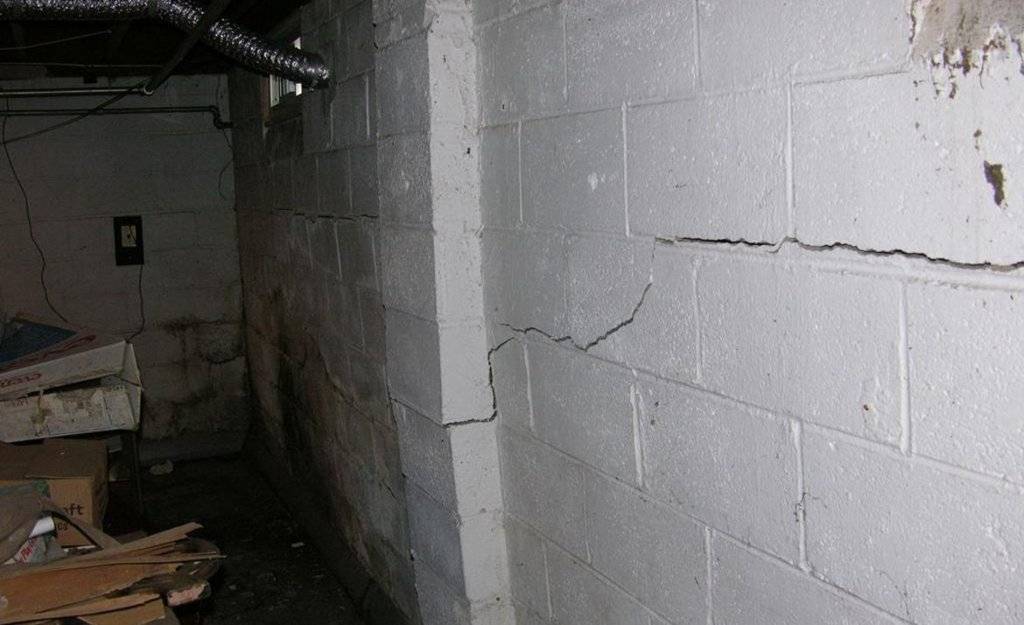Bowing walls can be a serious issue and you may need to address this as a matter of urgency. In this article you’ll hopefully find all the information needed to fix your bowing walls.
What are Bowing Walls & How to Identify Them
The word ‘bowing’ means when something is forced to bend with pressure and the reason we say that a wall is bowing is because the walls are quite literally bowed outwards by the force exerted by the expanding mass of water against them. The result can be a cracked internal wall, typically horizontal cracks, that leads to structural damage and even possibly collapse.
If your unsure whether your wall is bowed, take a look for the key signs of excess pressure, these signs are the bowing of the wall and cracks appearing. First examine the wall for cracks and then place your self very close up against the wall and observe whether the wall is flat or you can see the tell tale curve.
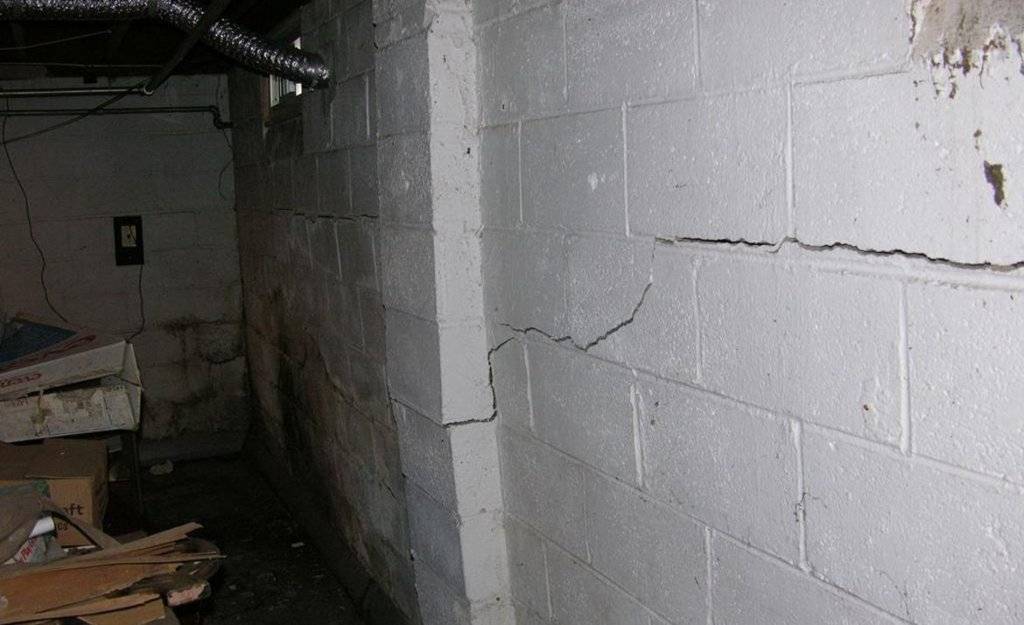
3 Reasons why Bowing Walls are a BIG problem
Bowed basement walls can pose a huge threat to your home and family. Here are 3 reasons why:
Family safety
It can be dangerous for you and your family: The bowing of basement walls most likely means that there’s water behind it which could cause serious damage if not fixed immediately. A leaky pipe may seem like nothing but water damage is no joke, it can lead to some major structural issues, such as collapsed walls that can be a risk to your family as there is small risk that if left unrepaired for long enough, it could lead to your home collapsing.
Family Health
The untreated damage could cause the walls over time to crack and therefore the basement to not be properly insulated or sealed off from outside air. Moisture can seep in through the cracks and this will cause mold to grow inside the walls and mildew on the carpet, causing a variety of potentially serious respiratory health issues.
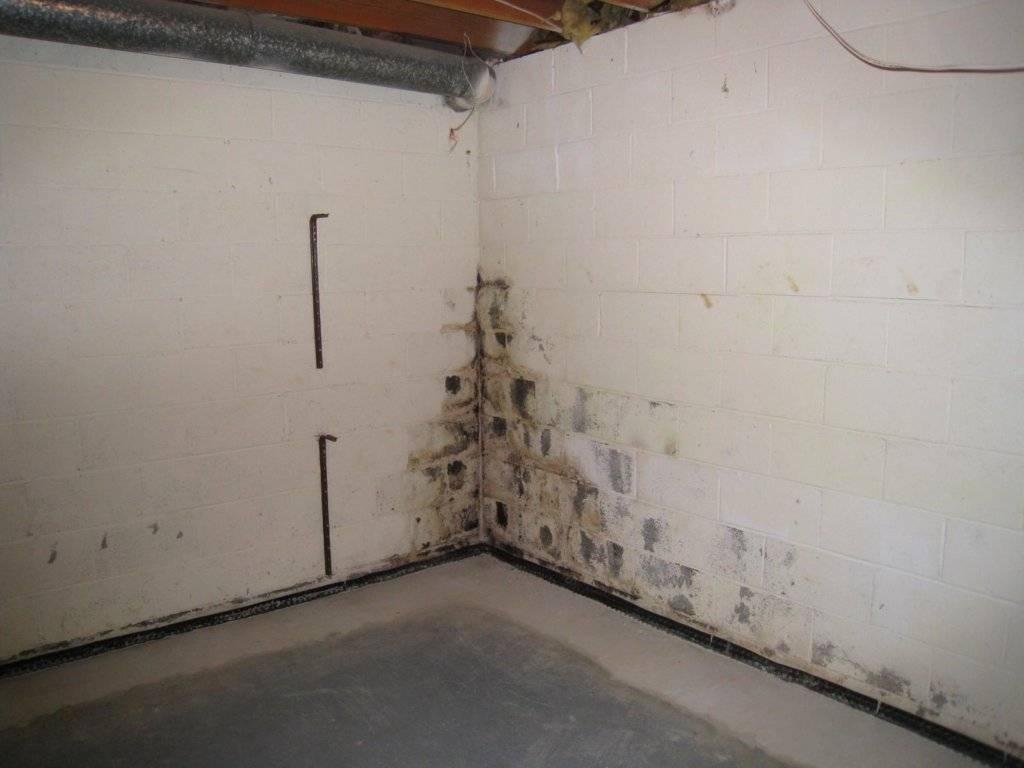
Expensive House Damage
Water seeping into your home through cracks or holes will eventually lead to rot of wood, likely to include supporting beams. The structural integrity of your home is at risk if the wall is bowed. Your entire house is dependent on your foundation and the safety of you and your family is at risk if a wall collapses. It will cause extensive damage to your home, which is usually expensive to fix. If left unrepaired it could seriously de-value the price of your home.
What causes bowing walls?
Bowing is a common problem that occurs when the foundation of your home settles. This can happen for a few reasons, including:
- The most common reason is hydrostatic pressure. The cause of hydrostatic pressure is water seeping into the ground and then freezing to ice during cold weather and therefor expanding, running out of space and subsequently putting water pressure against your walls and causing them to bow. This is particularly common with expansive soils, clay for example is the most troublesome.
- An alternative cause for your bowing walls could simply be the soil beneath your home shifting and settling in a different position over time, putting pressure on your walls and causing the bowing and wall movement. The severity depends on the type of soil, this combined with expansive clay soils is bad news.
How to Identify the Severity of Your Bowing Foundation Wall
If you suspect bowing in your home, there are several things you should do before calling an expert contractor for help:
1) Check if the problem was caused by recent heavy rains. If so, wait until the rain stops before trying anything else.
2) Make sure that the wall is not leaning on a foundation or other structure. This can cause it to bow and crack.
3) Look at the walls around the area where the damage has occurred. Is this just one of many areas? Or does it seem like the entire basement is affected?
4) Are any cracks visible along the surface of the wall? These could be signs of water seepage into the wall from outside.
Now you should have a better idea of what your dealing with and what kind of help you need or if you even need any help at all.
How to Repair Bowing Foundation Walls: DIY options
There are no quick solutions to fixing your damaged walls but if your bowing foundation wall is not too severe there are several ways you can fix the issue yourself if you’re feeling nifty. This should most likely cost under $1,000.
1. If the bowing is minor just add some concrete and rebar into the area where the wall has bowed outwards. This will help stabilize the walls and prevent further damage from occurring.
2. If the bow is more than 1/4″ deep then you’ll need to dig down about 2 feet below ground level and reinforce that section of the basement with reinforcing bars or rebars. Then pour new cement around those areas as well.
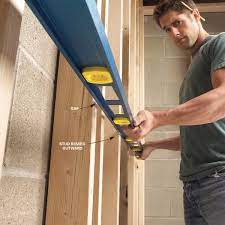
If doing it yourself is what you want to do then click here for a useful tutorial video on fixing your bowing wall.
Bowing walls: Repair services and cost
If it’s looking like your bowing situation is indeed severe then it’s definitely recommend to hire some foundation experts or a qualified contractor to do the structural repair, the services they might use will most likely be one of these 4 options:
Bracing Systems
The stable brace system is the permanent solution for bowing basement walls. It consists of steel bracing installed between the floor joists and the exterior sheathing. A temporary support may also be used while the permanent supports are being built. Temporary braces are usually made of wood but can also be constructed of plywood or cinder blocks. They are typically placed every 4-6 inches across the width of the wall.
Permanent systems consist of either horizontal or vertical members which run parallel to the length of the wall. A bracing system can fix your wall problem – when the soil contracts and pulls away from the basement wall, the installers will rectify the wall over time.
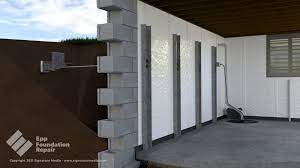
Carbon Fiber Straps
If your bowed wall protrudes less than 2″ then carbon fiber straps are the best option for you. The benefits to using carbon fibre straps on your bowing wall is that they are extremely strong and can be used for a variety of different applications.
Carbon fiber has been around since the early 1900s, but it wasn’t until recently that people started realizing its potential as an alternative material for building materials. It’s not only stronger than steel or wood, but also lighter and more flexible. This means you don’t have to worry about breaking them when installing them into walls and they have a great chance of doing some potential straightening.

Helical Tiebacks
If a bracing system or carbon fiber straps are not an option due to your particular basement situation then helical tiebacks, although rather expensive, are your go to option and they work great as a foundation wall repair system. If your bowed wall protrudes more than 2″ from the water pressure then wall anchors are the best option for you.
To install a wall anchor, you need to dig out enough space to accommodate at least 10 feet of accessible ground outside the basement, and then excavate the wall. This means moving things like decks, porches, sidewalks and garages. The installation process takes about two hours per linear foot of wall that must have anchors attached.
The first step is drilling holes into the concrete block wall using a hammer drill with an masonry bit. Next insert metal rods through each drilled hole until they reach the opposite side of the wall. Tighten the rods against the wall using a ratchet wrench.
Once all four corners of the wall are anchored he wall are anchored, attach the anchoring plates to the top of the walls. Helical tiebacks are very successful and provide superior strength compared to the other methods discussed today. Helical tie-back anchor systems can be installed without the need of drilling into concrete and steel reinforcement bars. Only ever hire a qualified contractor to carry out these works.
In conclusion, I hope my article helps you understand how important it is to fix your internal wall right away. Its one thing to know something needs fixing, but another thing entirely to actually take action and start repairing it. Hopefully, by reading this article, you’ve learned some new information about how to properly address your basement wall problems.

